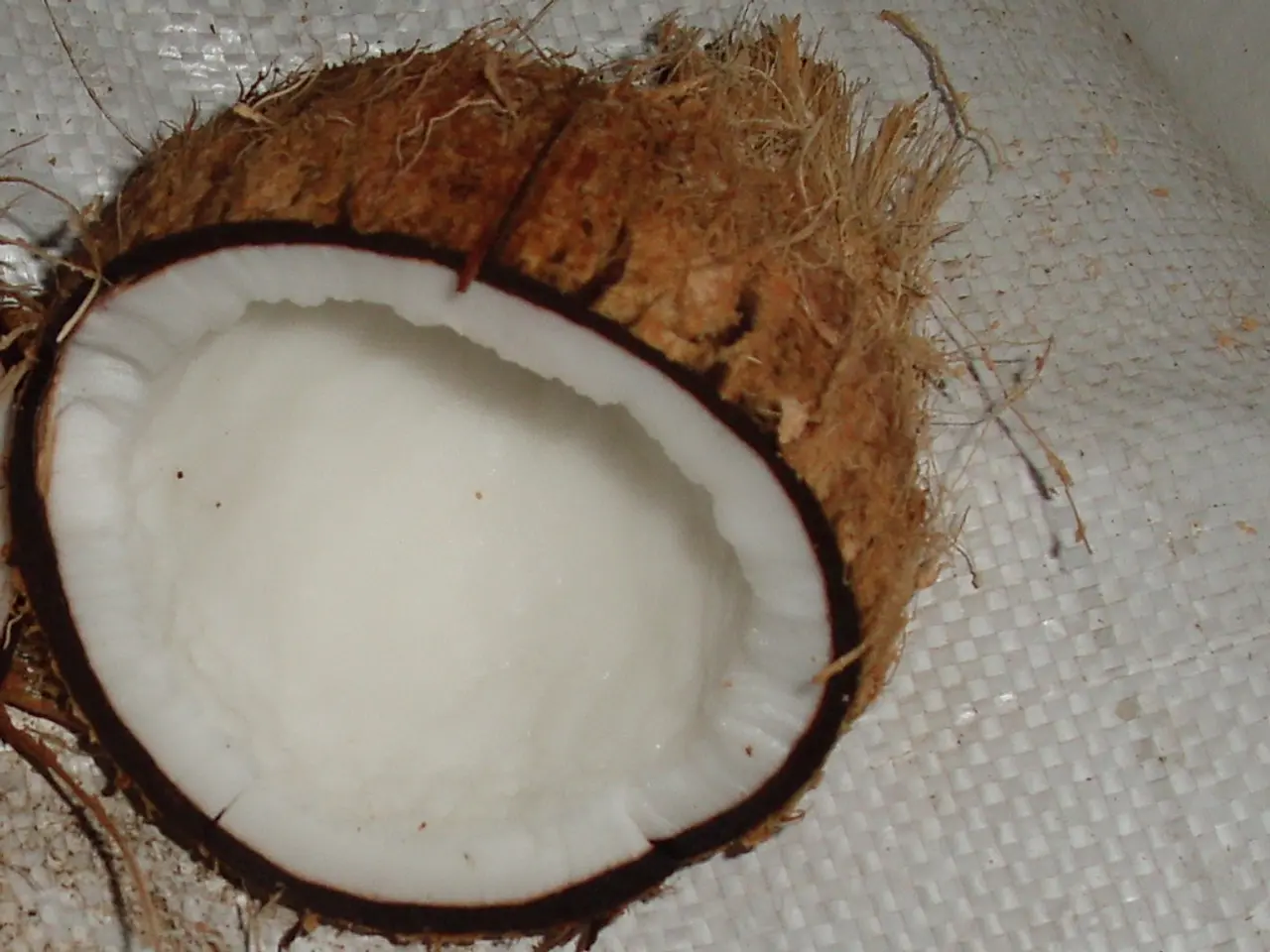Comparison and Differentiation of Athlete's Foot and Eczema in Athletes
In the world of skin conditions, two common ailments that often catch people's attention are Athlete's Foot and Eczema. Let's delve into their causes, symptoms, and treatment options.
Athlete's Foot
Athlete's Foot, a common fungal infection, is characterised by an itchy, discoloured rash, fissures, or scales on the skin, typically between the toes but can also occur on other parts of the feet. The infection thrives in moist environments, making showers, swimming pools, and communal areas prime breeding grounds.
Treatment for Athlete's Foot primarily involves antifungal medications. Topical creams such as clotrimazole are often used, applied two to three times daily for about 10 days. For more severe infections, a doctor may prescribe oral antifungal pills. Maintaining good hygiene, including keeping the affected area clean and dry, is also essential in managing the condition [1][5].
Prevention is key to avoiding Athlete's Foot. Simple steps such as avoiding walking barefoot in public areas, washing feet daily, drying them thoroughly, and alternating shoes can help reduce the risk of infection.
Eczema
Eczema, an inflammatory skin condition, presents differently. It can cause dry, itchy patches of skin, which may become red, swollen, and cracked. Eczema can occur on various parts of the body, including joints such as the elbows and knees.
Eczema is thought to be caused by a combination of environmental and genetic factors, although the exact cause remains unknown [4]. Unlike Athlete's Foot, Eczema is a chronic, lasting condition that may improve or worsen over time. People with Eczema are likely to have recurrent periods of flares and remission [2].
Management of Eczema focuses on symptom relief and prevention of flare-ups. Regular use of moisturizers or emollients, application of topical corticosteroid creams or ointments, and avoiding triggers such as harsh soaps, allergens, and extreme temperatures are key strategies [2][3]. In some cases, prescription medications like calcineurin inhibitors may be used cautiously. Antihistamines and cool compresses can also help reduce itching [2].
For milder cases of Eczema, over-the-counter creams and ointments may provide additional moisture to the skin. People with Eczema may work with an allergist or other healthcare professional to determine triggers and manage the condition effectively.
In conclusion, while Athlete's Foot and Eczema are distinct skin conditions with different causes, understanding their symptoms and available treatments can help individuals manage these conditions effectively. Regular hygiene practices and avoiding triggers are crucial in preventing and managing both conditions.
References:
[1] Mayo Clinic. (2021). Athlete's foot. Retrieved from https://www.mayoclinic.org/diseases-conditions/athletes-foot/symptoms-causes/syc-20355117
[2] American Academy of Dermatology. (n.d.). Eczema: Signs and symptoms. Retrieved from https://www.aad.org/public/diseases/eczema/signs-and-symptoms
[3] National Eczema Association. (n.d.). Eczema treatment. Retrieved from https://nationaleczema.org/eczema/treatment/
[4] National Eczema Association. (n.d.). What causes eczema? Retrieved from https://nationaleczema.org/eczema/causes/
[5] Centers for Disease Control and Prevention. (2021). Athlete's foot. Retrieved from https://www.cdc.gov/fungal/diseases/athletes-foot/index.html
- The entity 'Eczema', an inflammatory skin condition, can present as dry, itchy patches of skin on various body parts, including the elbows and knees.
- The 'hst' of Eczema is thought to result from a combination of environmental and genetic factors, yet its exact cause remains unknown.
- In the world of health-and-wellness, 'treaters' often rely on strategies like regular use of moisturizers, topical corticosteroid creams, and avoiding triggers to manage Eczema effectively.
- 'Science', more specifically medical-conditions research, has established that Athlete's Foot is a fungal infection, while Eczema is a chronic inflammatory skin condition with distinct causes and management strategies.
- Preventative measures against Athlete's Foot, like maintaining good hygiene and avoiding public areas barefoot, can significantly reduce the risk of infection.
- In the domain of skin-care, understanding the causes, symptoms, and treatment options for both Athlete's Foot and Eczema can empower individuals to take proactive steps towards managing these conditions.




